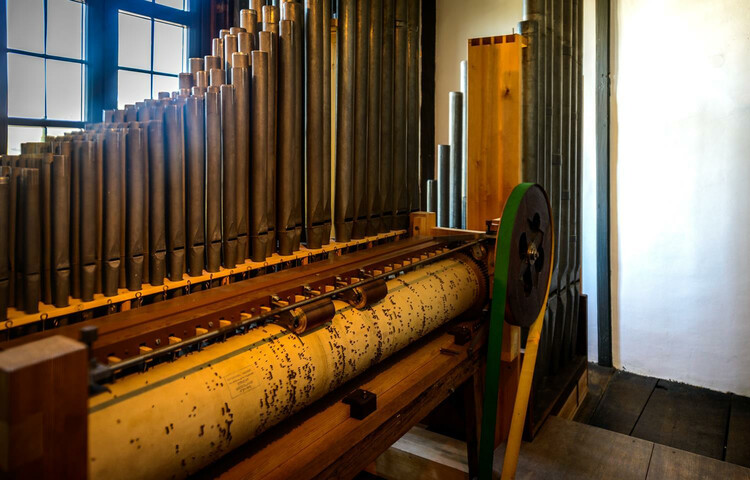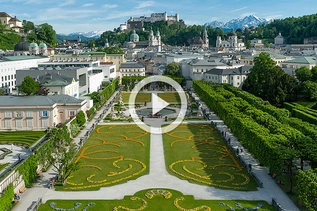Salzburger Stier
The Salzburger Stier [Stier = bull] on Hohensalzburg Fortress is one of the world's last surviving late Gothic hornworks. It is the oldest mechanical musical instrument still played regularly.
Prince-Archbishop Leonhard von Keutschach commissioned the hornwork in 1502. As in other towns, abbeys and monasteries, the function was a signal, telling the citizens to open the town gates in the morning and to close them in the evening. The original instrument consisted only of wind-chest, bellows and 135 pipes. The F major triad [F-A-C: fac! = Latin imperative of "do"] resembles the bellowing of a bull, which earned it the nickname.
Around 1640, it was supplemented by a mechanical barrel organ, which initially played only the "Old Chorale". Some 100 years later, the repertoire was increased by eleven melodies composed by court kapellmeisters Johann Eberlin and Leopold Mozart, giving a melody for each month.
Today, the F major triad, followed by one of the twelve melodies sounds daily just after 7 am, 11 am and 6 pm, after the glockenspiel in the Old Town. If there is not too much background noise, it is clearly audible on the Domplatz or Residenzplatz.









